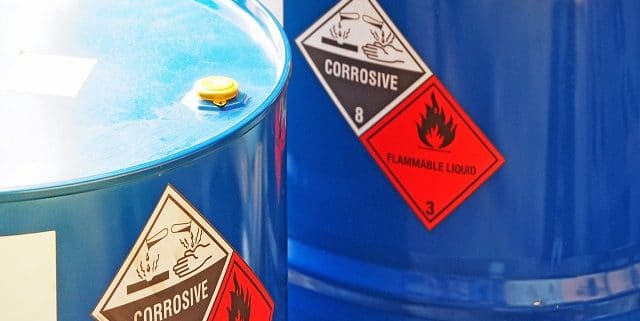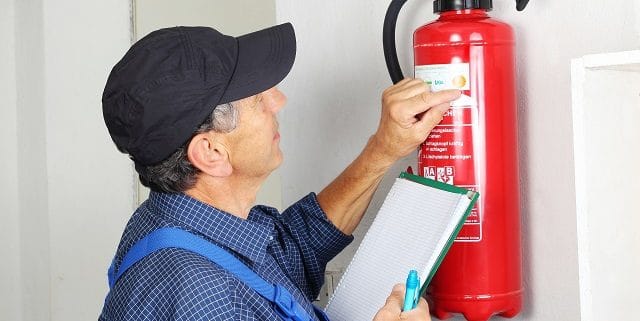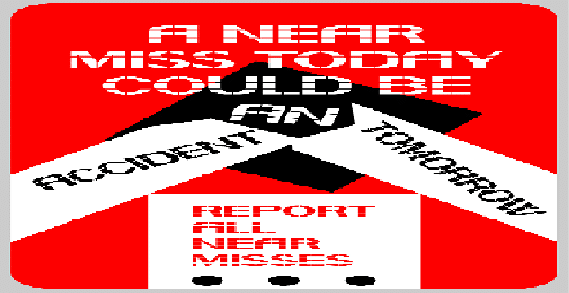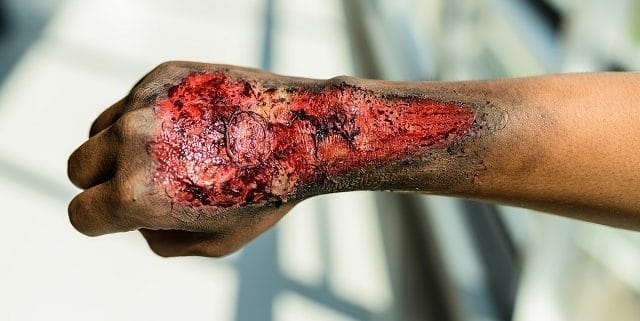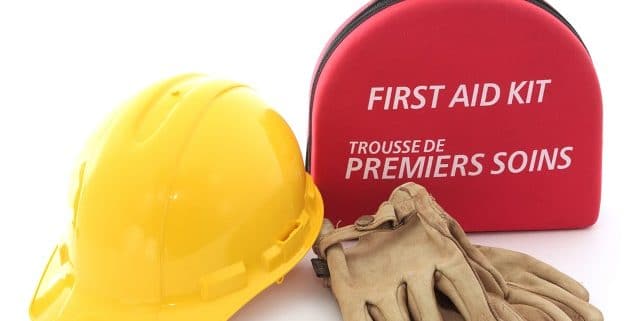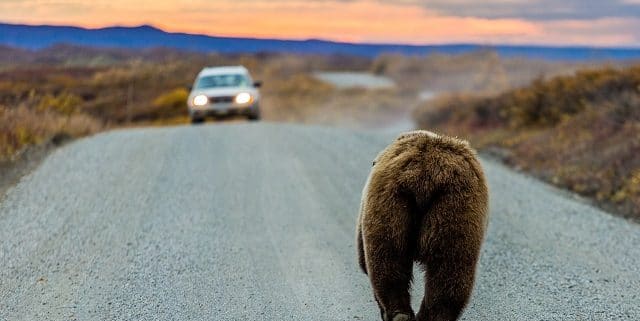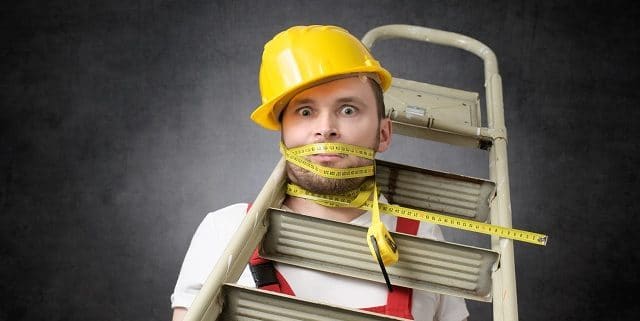Chemicals on the Job
Depending on the trade you work in, you could come into contact with some pretty hazardous chemicals, we’re not just talking dish soap here (which can actually be hazardous in some situations). The chemicals used on sites can be anything from corrosives to cutting fluids. In order to protect yourself, you need to follow these steps.
Know where the MSDS are kept. It should be readily available for all employees. Reading the label and the MSDS will tell you everything you need to know, including: the proper PPE, the first aid to be administered, the safe handling and disposal of the chemical in use. If there is no label or its illegible, do not use it and report it to a supervisor. If a chemical is kept in a secondary container, be sure to label it clearly. Use the required PPE. Regular safety glasses or gloves may not offer the right protection. Always inspect your PPE before use but just in case something fails, make note of eyewash stations and safety showers beforehand.
These chemicals can cause damage by contacting your skin, breathing in, or ingesting. So make sure you follow the MSDS and steer clear of these chemicals.

